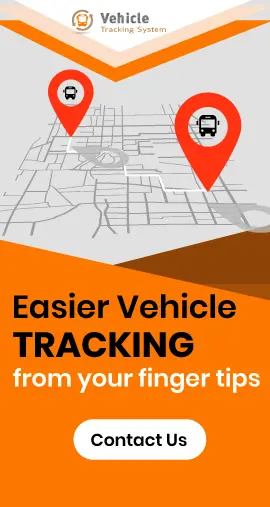The Best Mode of Transportation – A Comparison
February 22nd, 2018
Have you ever wondered which mode of transport is the best for shipping a particular good?
Goods are transported through air, water, rail and road. Raw materials and finished goods are transported through these different means of transportation.
The mode of transport is an important element when it comes to transporting a good. It affects the speed at which the goods are delivered, cost of doing so and the safety concerns.
Usually different means of transport are used to transport different goods.
Here we are going to discuss the various modes of transport and how it works in the field of trading.
By Air
There is an increased demand for high value goods that are transported through air.
Goods that demand speed are usually the ones that go by air. As world GDP increases this demand will only be amplified. Air transport will keep growing with the supply chain.
Some of the advantages of air transport are that it is quick and delivers in time. There isn’t a need for any infrastructure as it is already available.
Unlike road and rail it doesn’t give emphasis on building an infrastructure.
There is no need for a capital investment on the surface which makes it a lesser costly mode of transportation in terms of infrastructure.
Those areas that are not easily accessible can be accessed by means of air transport. It overcomes all restrictions of the obstruction of land.
Ocean, rail or road has restrictions to reach the destinations directly but an air transport transcends these difficulties if an aerodrome is constructed in that place.
Just as it has many advantages it also has its disadvantages. It is one of the costliest means of transport ever known to mankind. Bulky and cheaper goods are not viable to be transported. Only high value goods are transported by air.
Airplanes have a relatively lesser carrying capacity. Another disadvantage is that weather conditions play a crucial role in operation of air networks.
It cannot operate during an unfavorable weather condition.
By Water
90% of trade that occurs around the world happens through oceans. Because of the sheer volume of the goods that can be transported in a single consignment it is one of the largest transporters of goods in bulk.
All kinds of goods are transported through the ocean. It is one of the most familiar components in international supply chain. There are various types of ships that carry out different operations.
It is an ever expanding industry with larger and more agile ships that ply the oceans every year.
All international shipments are sent by air or by sea. Although sea shipping is relatively slower than air, goods that are not easily perishable is sent by water as it is cheaper than sending goods by air.
Large quantities of goods can be sent through ships which makes it a mode of transport mostly used by many large companies. One of the disadvantages of ocean freight is that it takes a lot of time.
Many businesses want to deliver their goods in a particular time frame. It is not recommended for tight deadlines. Threats of a pirate attack are also another issue when it comes to transporting goods through the ocean.
By Road
Inland transportation is done mostly by road. It is the transport of goods on road by means of cars, trucks, vans, buses, etc. Roads are a popular means of transport by many businesses. It is also one of the oldest means of transport.
Some of the advantages of road transport are that it is best suited for hilly and mountainous areas. Once the goods reach by air, water or rail it is roads that deliver these goods to various places.
Road transport involves less cost and the goods are reached safely too.
There is a lot of flexibility involved in road transport and is most appropriate for short distance deliveries. There are chances for traffic delays in road networks in comparison with air, rail or ocean network.
When compared to ocean and rail transport only a small amount of goods can be transported by road. There is a lot of carbon footprint emission for the vehicles used for road transport.
This is a major disadvantage when compared to all other means of transport. The risks involved with road accidents cannot be easily insured and there is minimum protection against damage or loss.
By Rail
Rail network is one large means of network which carries a significant amount of goods in-land. The commerce industry depends a lot on railways to get goods from one place to another.
It is least affected by weather conditions like rain, storm or fog. The various advantages of rail make it a preferred mode of transportation when compared to other means of transport.
It can carry a lot of goods in a single consignment and requires only one driver when compared to a fleet of vehicles needed for road transport.
It facilitates long distance travel and can transport bulky goods that cannot be transported in other means of transport.
It encourages mobility of labor and can move goods quickly from one place to another in case of a natural calamity like flood or famine. It is cheaper and better organized as it has fixed routes and schedules.
On the other hand it requires a lot of lot of capital investment and infrastructure development.
Overhead expenses are higher when compared with other modes of transport. As it is tied to a particular track it cannot provide door to door service. With the lack of competition it tends to breed inefficiency and high costs.
Conclusion
One mode of transportation outweighs the other in many ways. But each is different and has its own functionalities and differs from each other. One has to choose wisely which mode of transportation can be used to transport the goods that they want to transport.
Not only does the vehicle assess the cost and speed at which goods are transported the medium of transportation also affects the money spent and time taken.

